It’s a strange and beautiful thing, returning to San Cesario sul Panaro. Much like stepping into a dream you’ve visited before, everything feels familiar – yet at the same time totally different.
I spent three years working closely with Pagani almost a decade ago, helping the brand expand in the Asian-Pacific (APAC) region. This led to some of the best memories I’ve made in my professional life, and it’s precisely why it feels almost surreal to be back after so long.
Pagani Automobili, once a whisper in the wind beside the industrial roar of Modena’s giants, now hums with the quiet confidence of a master at work. The last time I walked these halls, the company was still building the final Huayras, transitioning various production steps over from the old headquarters to this new facility.
I remember sitting on the empty factory floor, which resembles an Italian piazza more than a production facility, in awe at how much the family business had grown. Fast forward 10 years and it has become a well-oiled machine, churning out 50 of their hypercars a year and with a blindingly-bright future on the horizon.
The HQ now boasts a museum chronicling Horacio Pagani’s journey, from the formative years in his native Argentina to the apex of Italian design in the heart of the Motor Valley. Among the exhibits you’ll find scale models from his early days and sketches of Zonda’s embryonic, pre-production forms.
Don’t think of it as a corporate ego trip, but as a love letter to ingenuity. On top of the Zonda “La Nonna”, the development car that has tested every upgrade and evolution ever fitted to their first iconic model, it was the Huayra BC that resonated with me. It was the car that I was involved with during my time with the company, launching it in various regions, but most important of all, driving it in four different continents – even getting Keiichi Tsuchiya to pilot it at World Time Attack in Australia!
The Utopia and Utopia Roadster are Pagani’s current models. An evolution of the cars that came before them; refined works of art that continue to embody Pagani’s fusion of design and engineering. I got to take a close look at the Utopia Sei, a one-off creation for an Australian customer that had just made its way back from the Goodwood Festival of Speed.
Taking in all the details under the brightly lit pre-delivery area is like reading a book. You get lost in the design of each component, the tactile experience of the materials and the ethos that makes Pagani so unique.
Led by Sebastian Berridi, the company’s spokesperson, we headed to Pagani’s engineering affiliate, Modena Design. Horacio set up this outfit years before Pagani was a reality; specialized in composite material production and design, spawned right after his time at Lamborghini – which famously wasn’t interested in investing in carbon fiber.
Modena Design has grown into a sophisticated hub of production and R&D, absorbing the company that handled its aluminium component manufacturing. Bringing this machining step in-house – from the most intricate interior details to critical chassis elements – the company is sharpening its quality control, timelines, and innovation. The result is a leaner, faster Pagani – able to build cars faster than ever before, but at an even higher level of quality, and with oversight into even the smallest of components.
It’s this mentality – one of evolution, not revolution – that brings us to the new Utopia Roadster.
I was among the very first to experience it, and let me tell you that even after two decades in this game, there are cars that simply rewire the way you think about performance. The Utopia Roadster is one of them. Its design is cleaner than the Huayra and more muscular than the Zonda – a careful balance of elegance and aggression.
This evolution of the 6.0-litre, twin-turbo AMG V12 now churns out 852 horsepower and 1,100 Nm of torque. Horacio hasn’t built this car around numbers, but balance. While four-figure power levels are almost a right of passage in the hypercar game, the Utopia offers a different experience – one of lightness. At 1,280 kg it’s one of the lightest in the game, around 200kg lighter than a Koenigsegg Regera and 700kg less than a Bugatti Chiron.
Even from the passenger seat, the best way I can describe the experience is raw and connected. You really feel the Utopia, the way it darts as Matteo, Pagani’s resident factory driver, steers it through the tight country roads of his test route, the way the chassis responds progressively and is unfazed by road imperfections.
Then there’s the staggering, gut-wrenching grip of the Pirelli Trofeo RS tyres, which elevate the experience twofold. All of this while being cocooned in a cabin appointed in total luxury, from Horacio’s unmistakable design language to the aluminium components I had just seen being machined and anodized, ending with the mix of exposed carbon-titanium and leather.
Special mention is the gated X-trac 7-speed manual transmission, which 70% of owners have specified over the automated version. I bow to Horacio and his team for listening to their customers and giving them what they wanted. Just hearing Matteo shift through the cogs gave me goose bumps and it’s exactly why you won’t be seeing a hybrid system on a Pagani anytime soon – the customers just don’t want it!
While a lot of high caliber performance cars get lost in unnecessary technology and agendas pushed by the government, my visit to Pagani was a breath of fresh air. A company operating at such a high level, yet concentrating on refining the basics – it reminded me why I loved working with these guys!

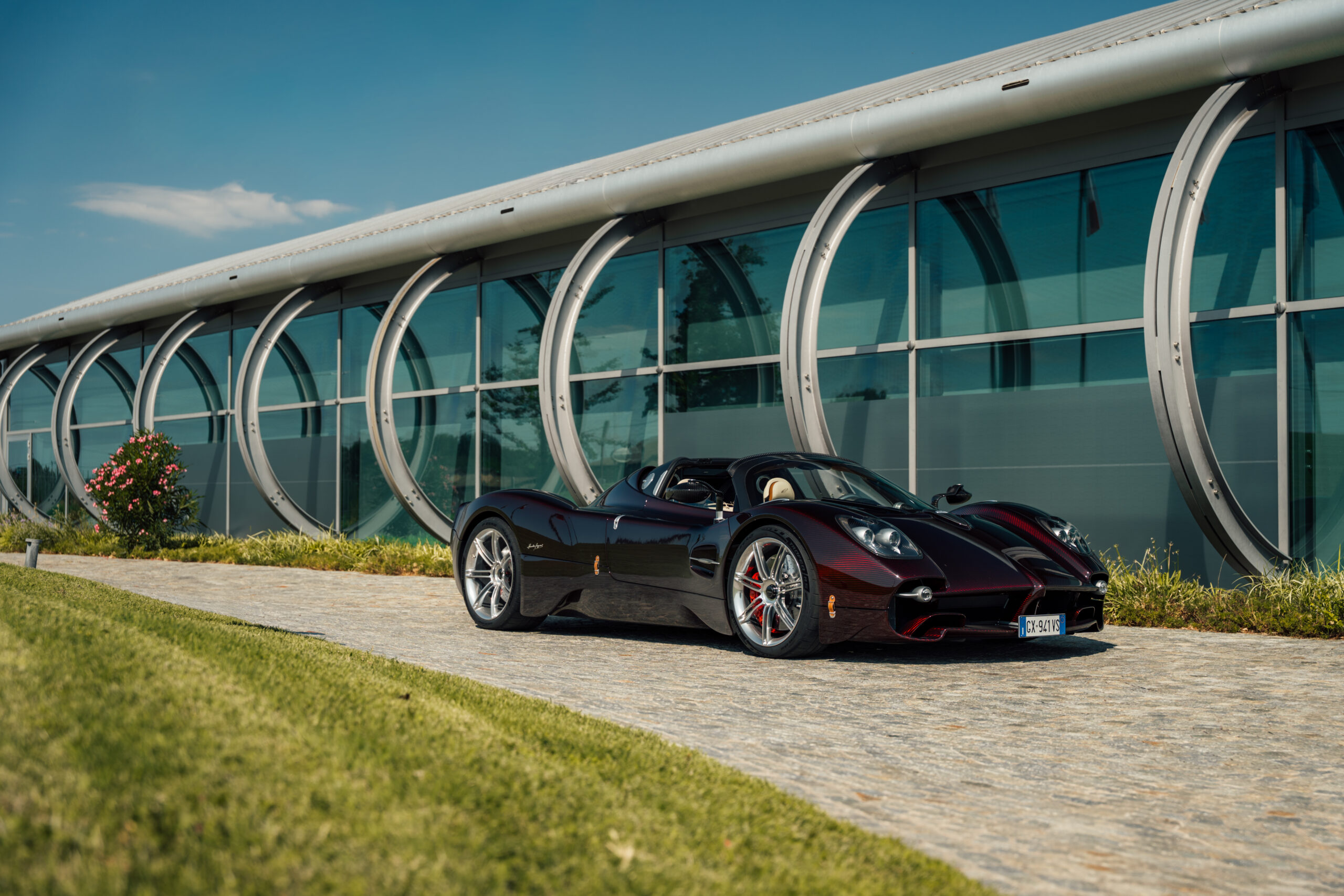




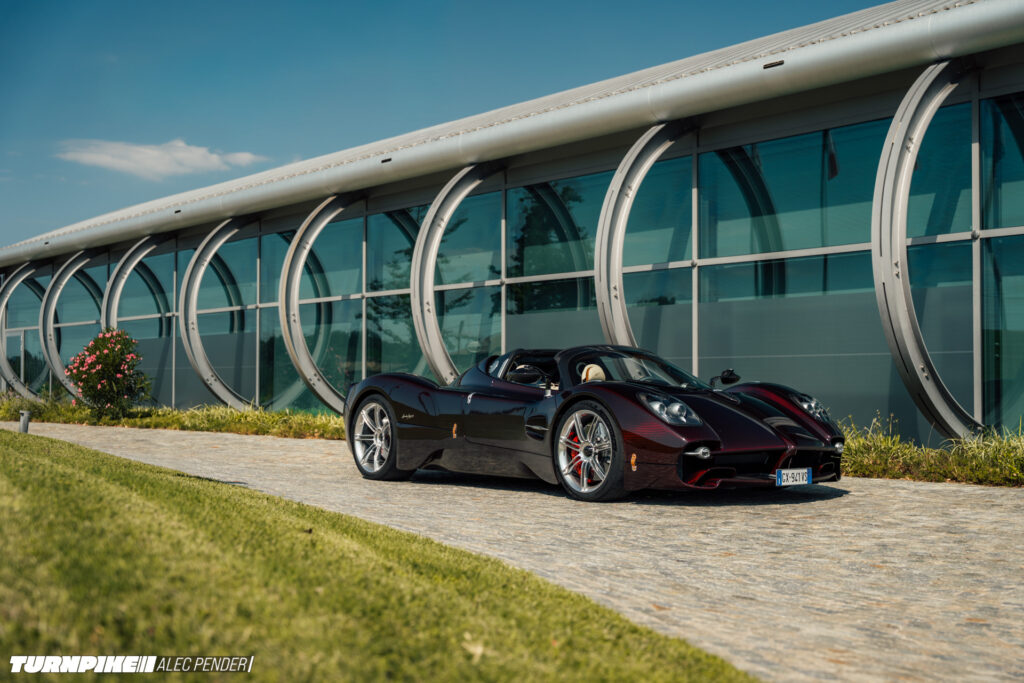







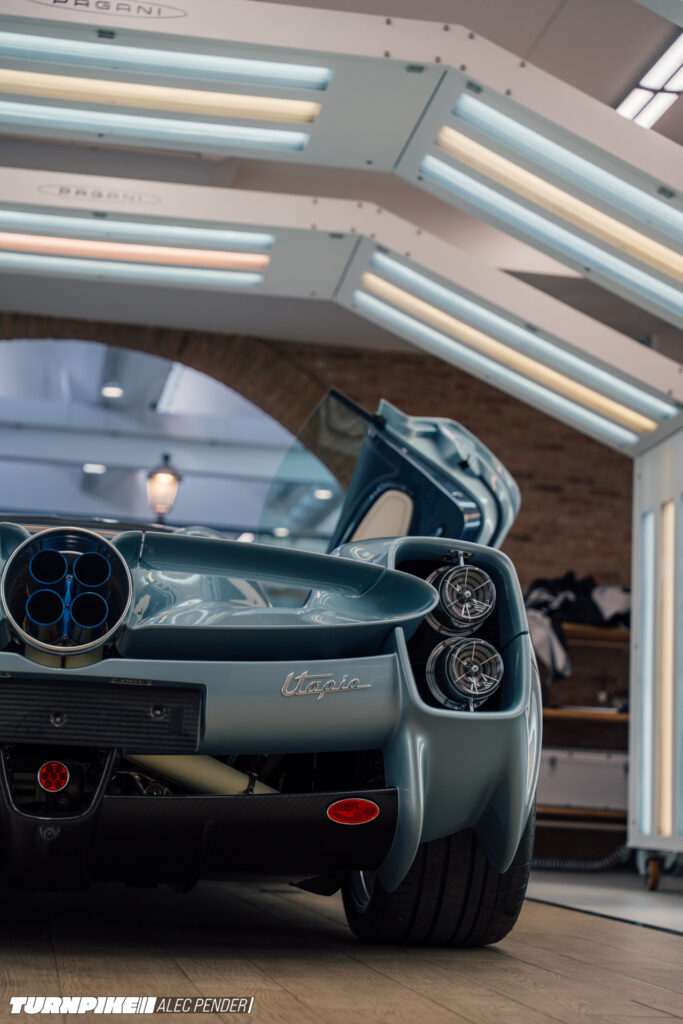






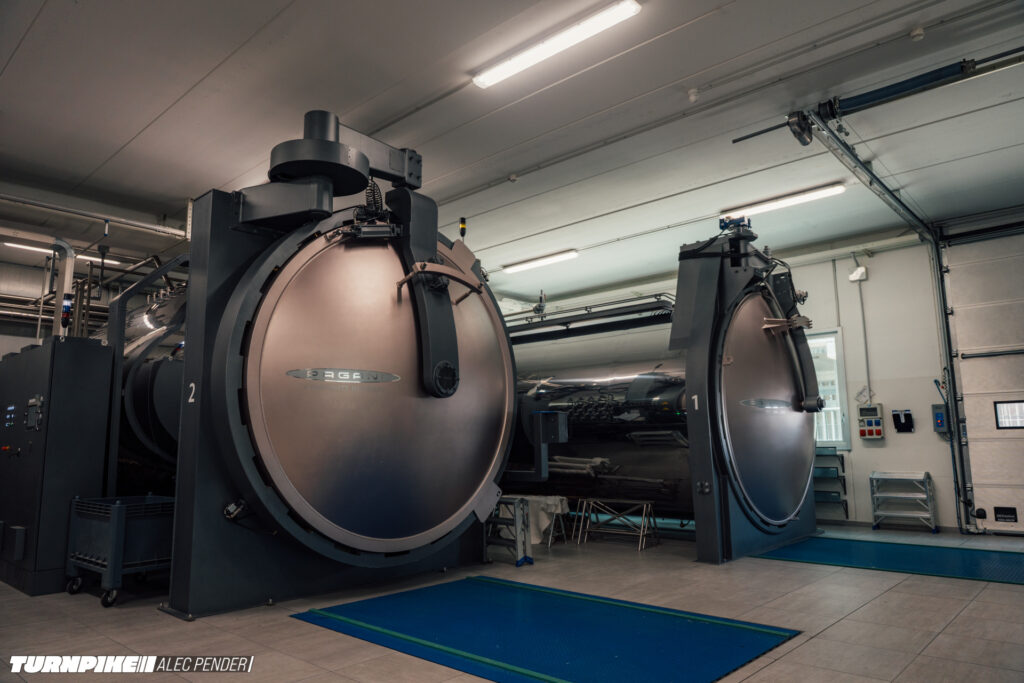
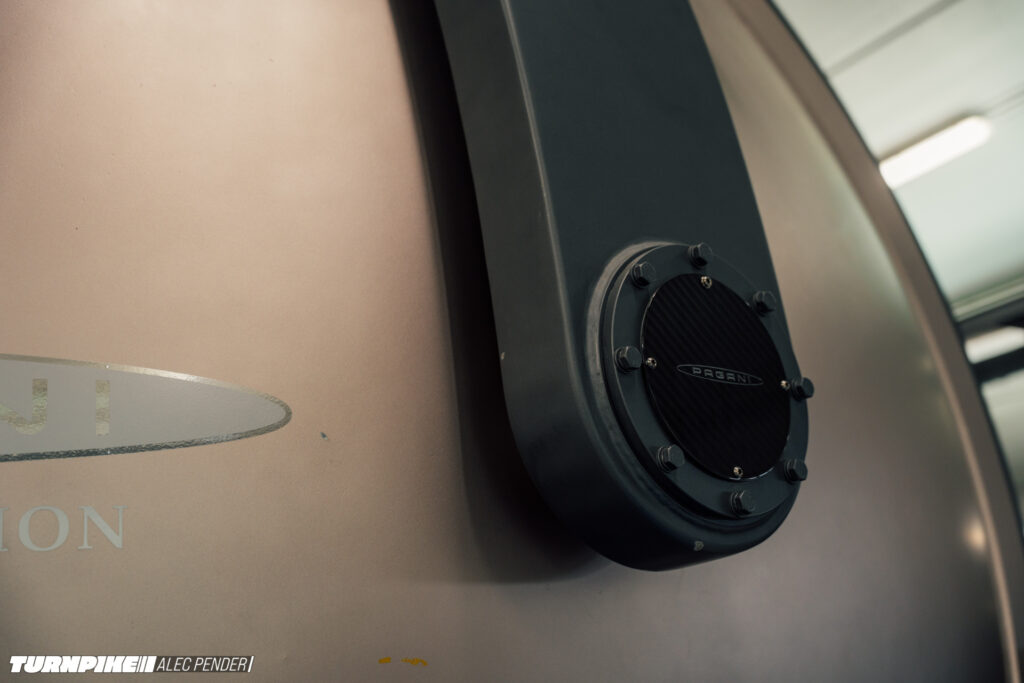
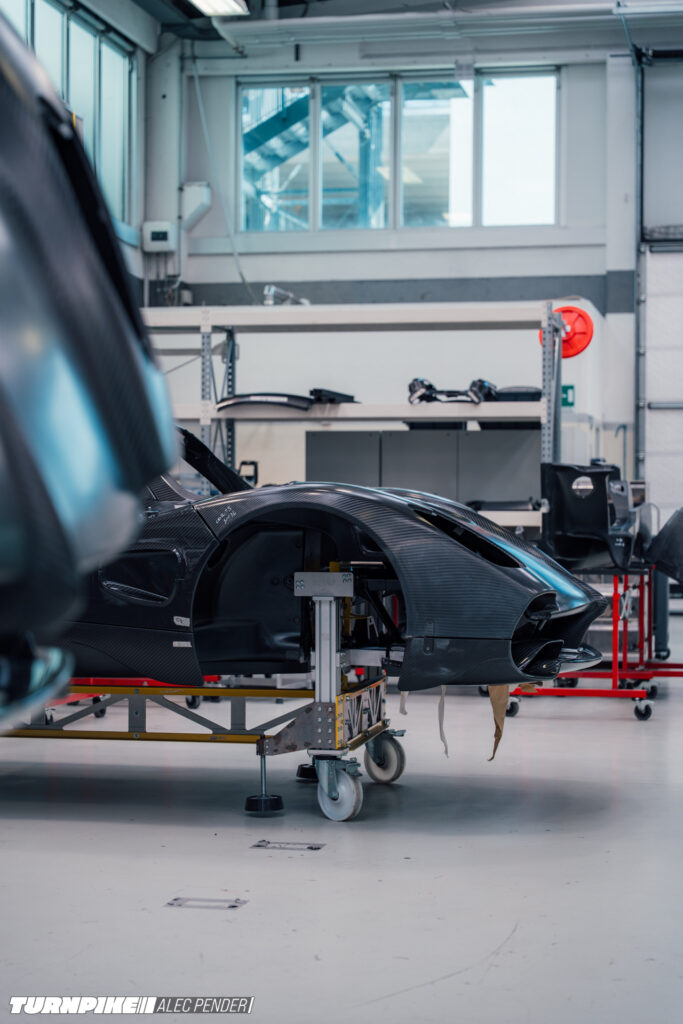
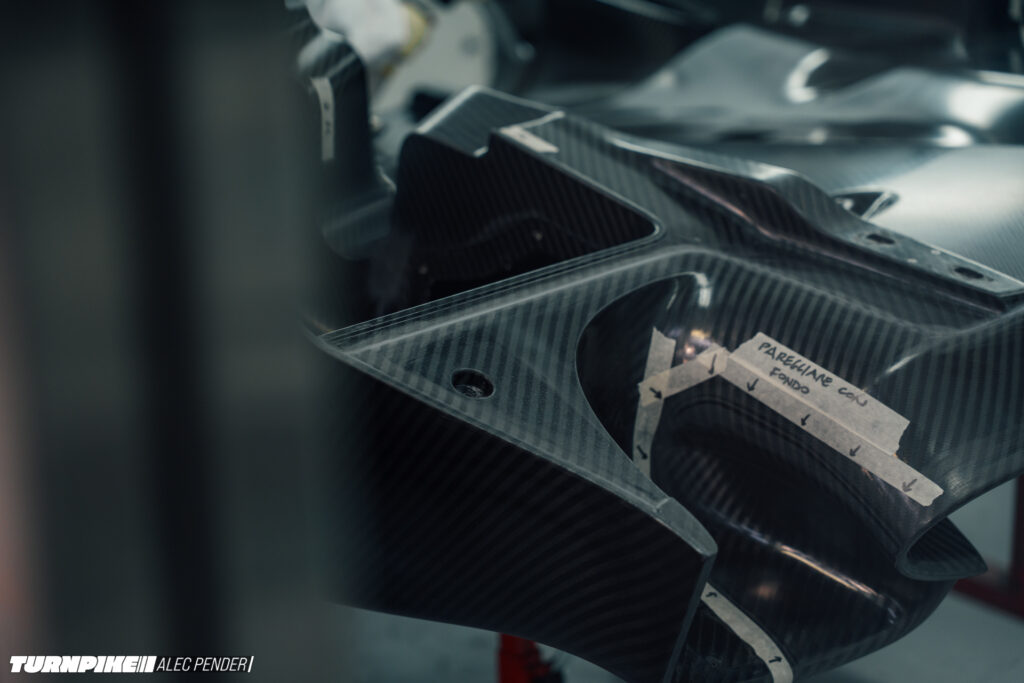










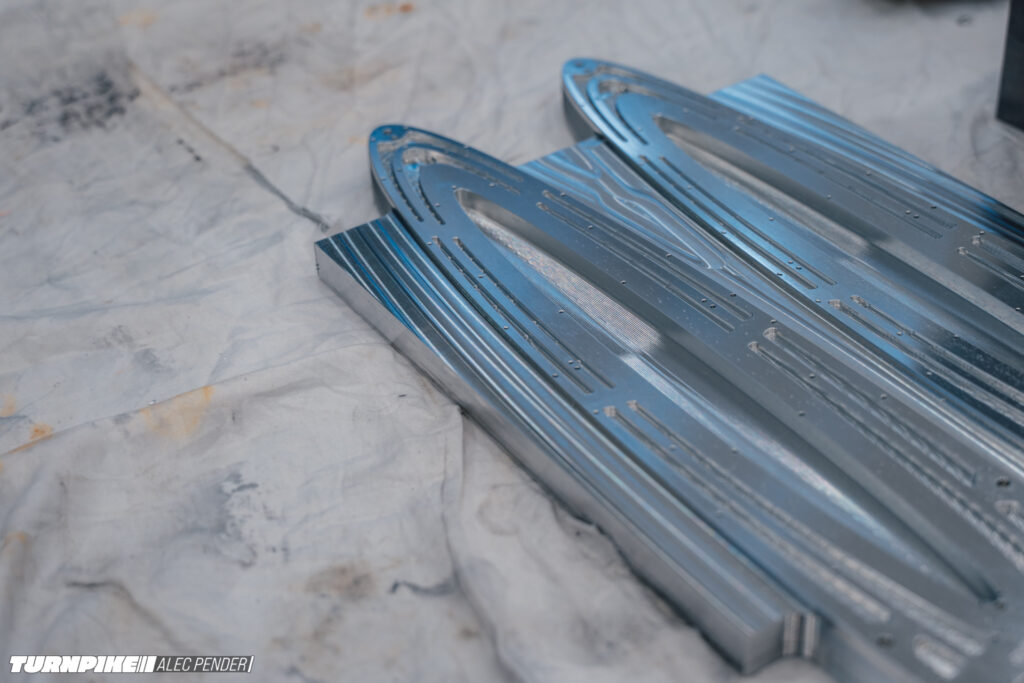






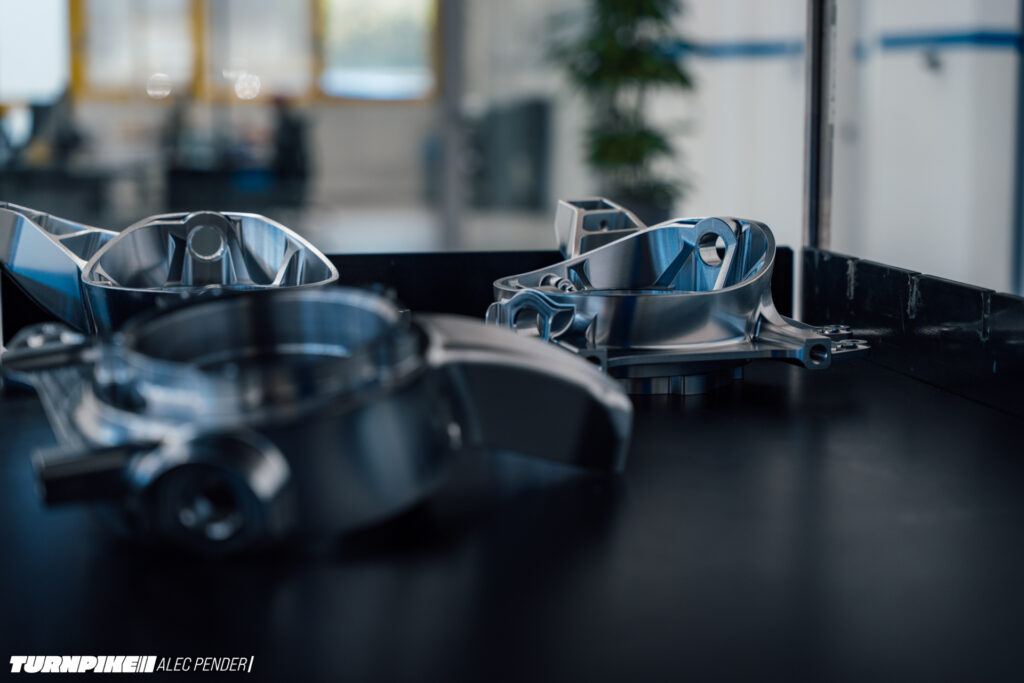




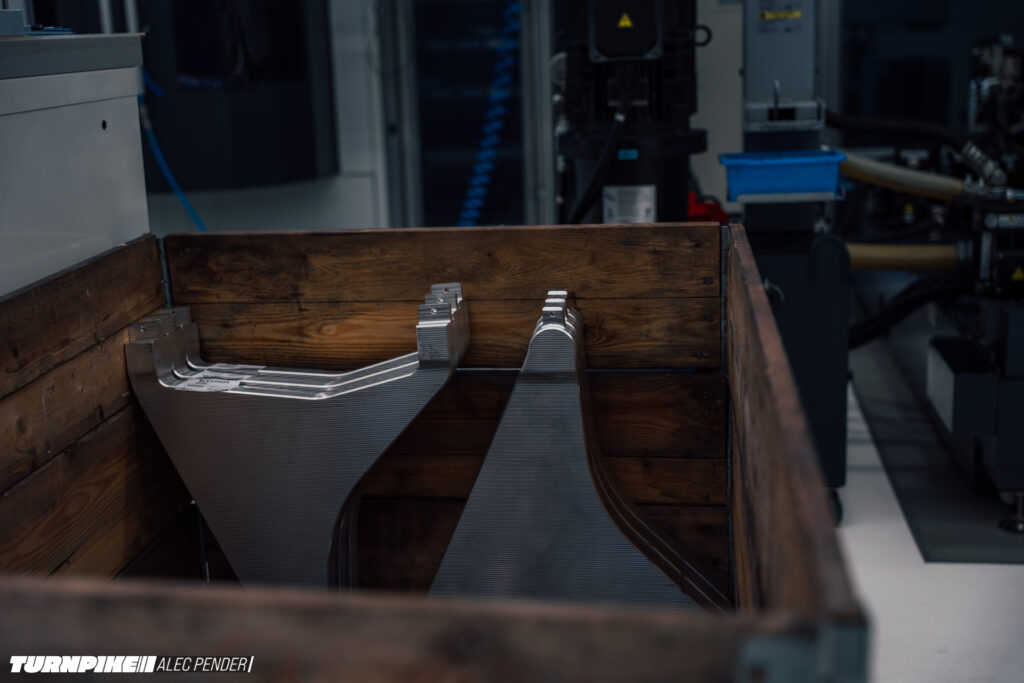




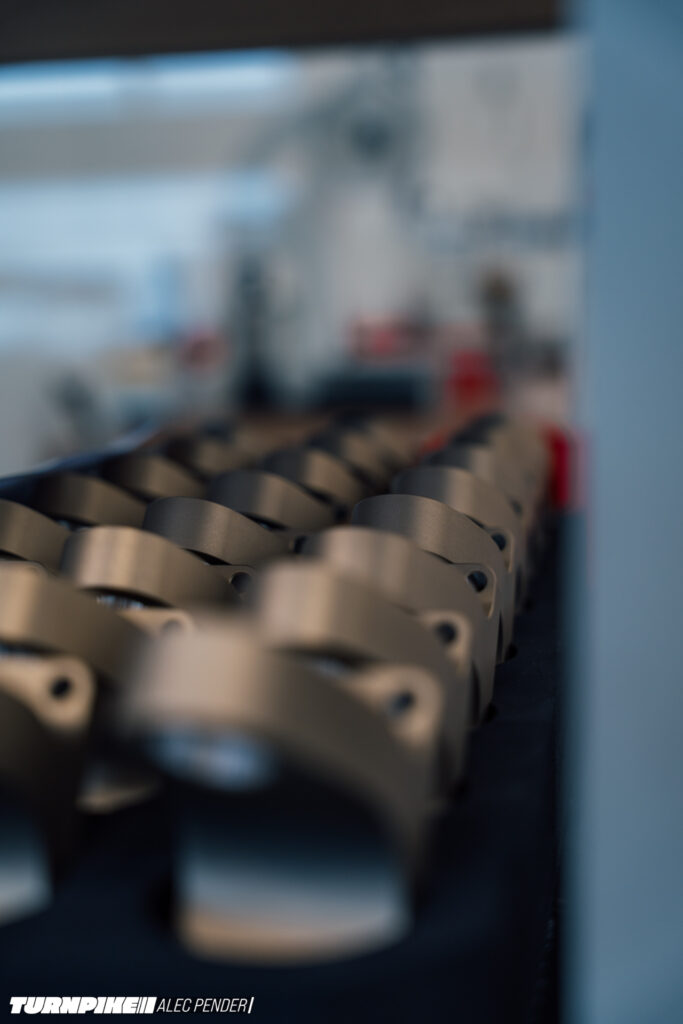




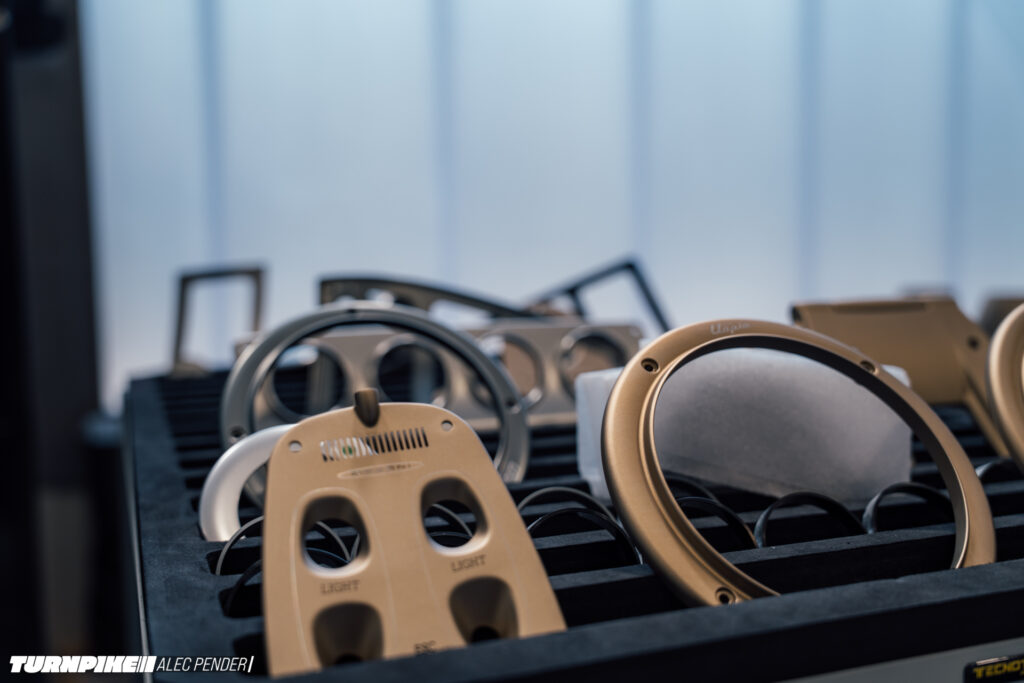



















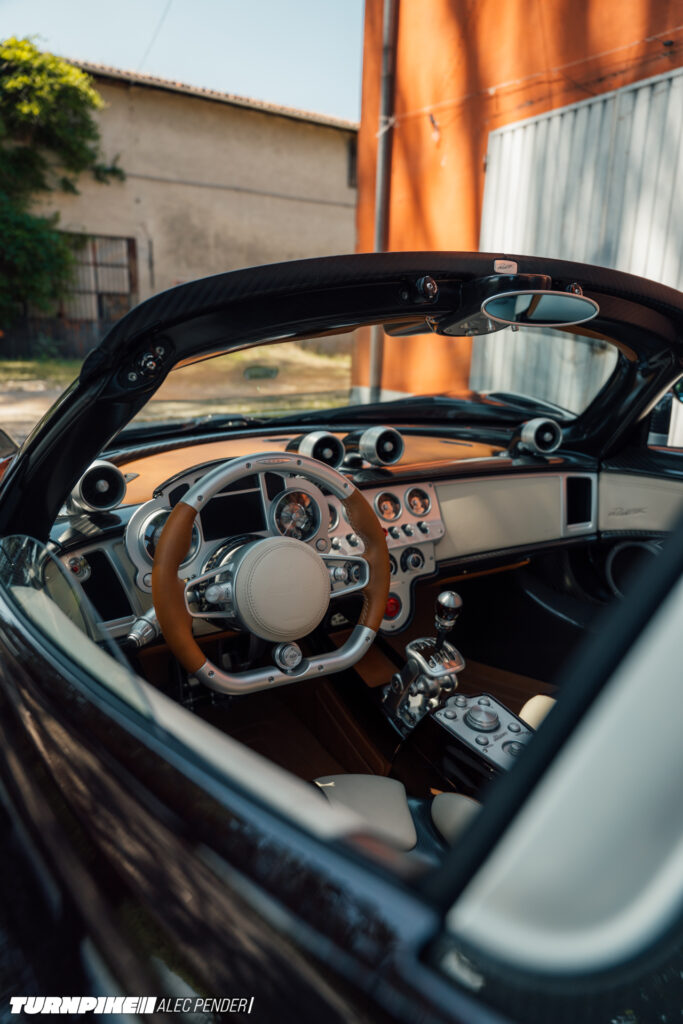


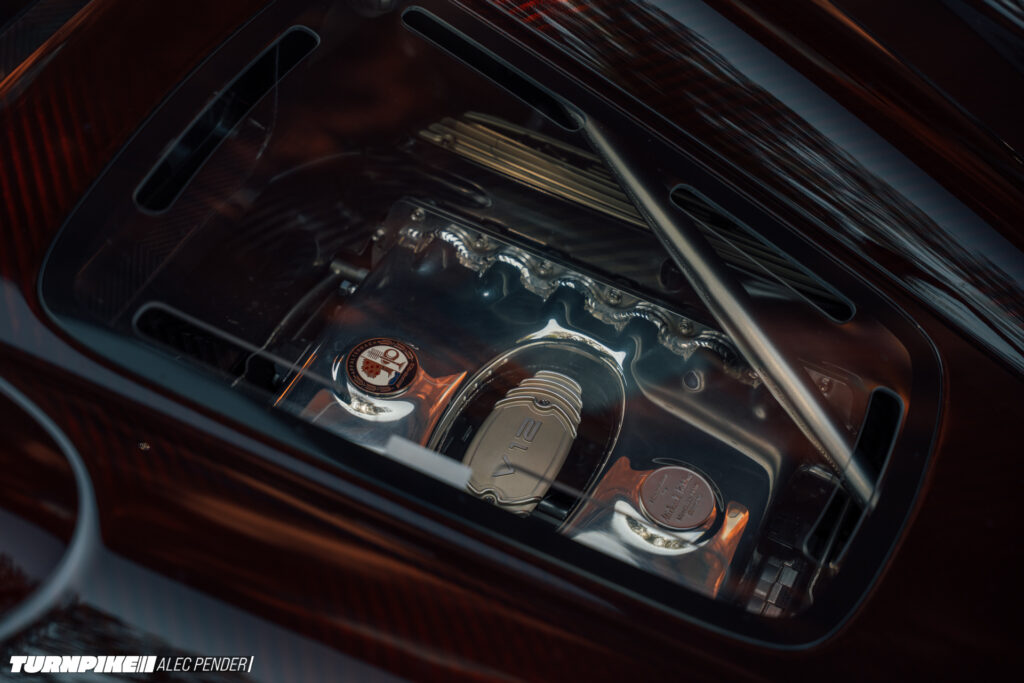
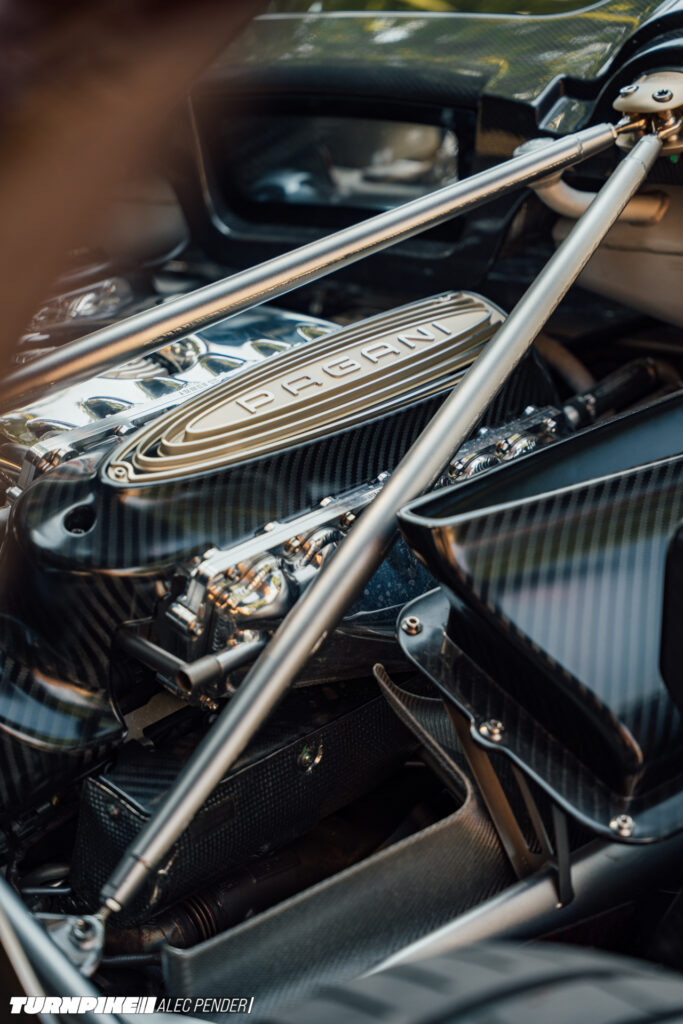
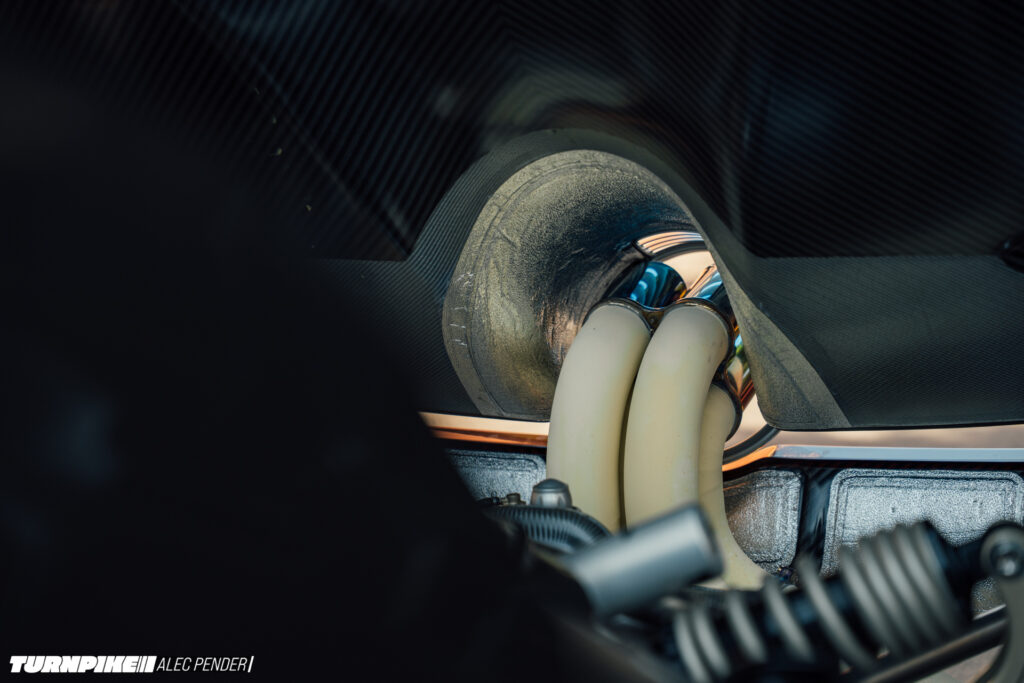


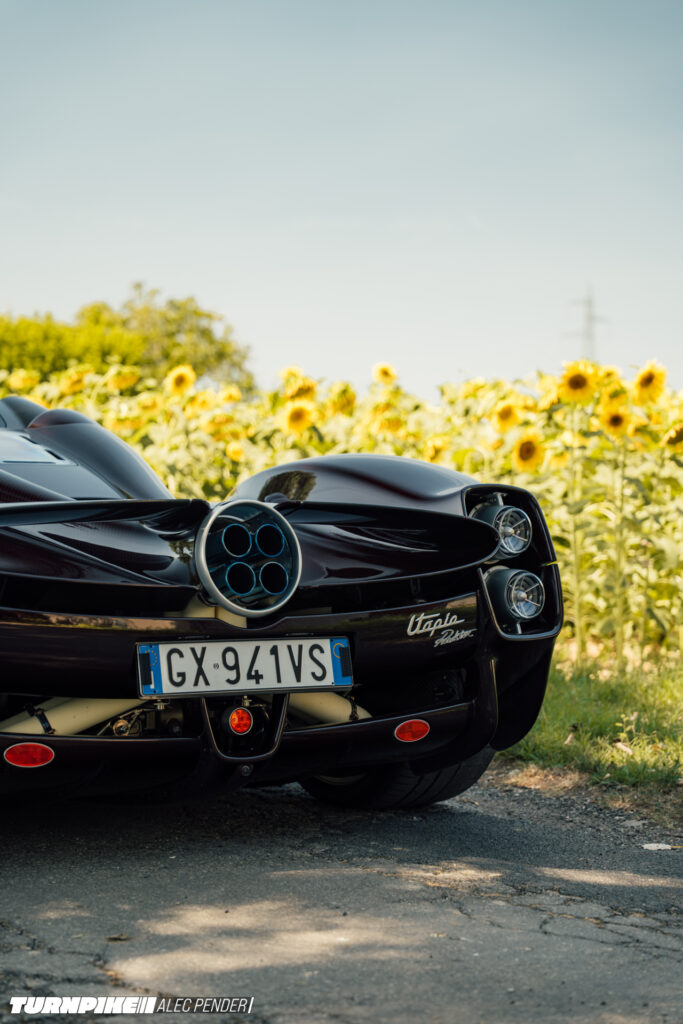

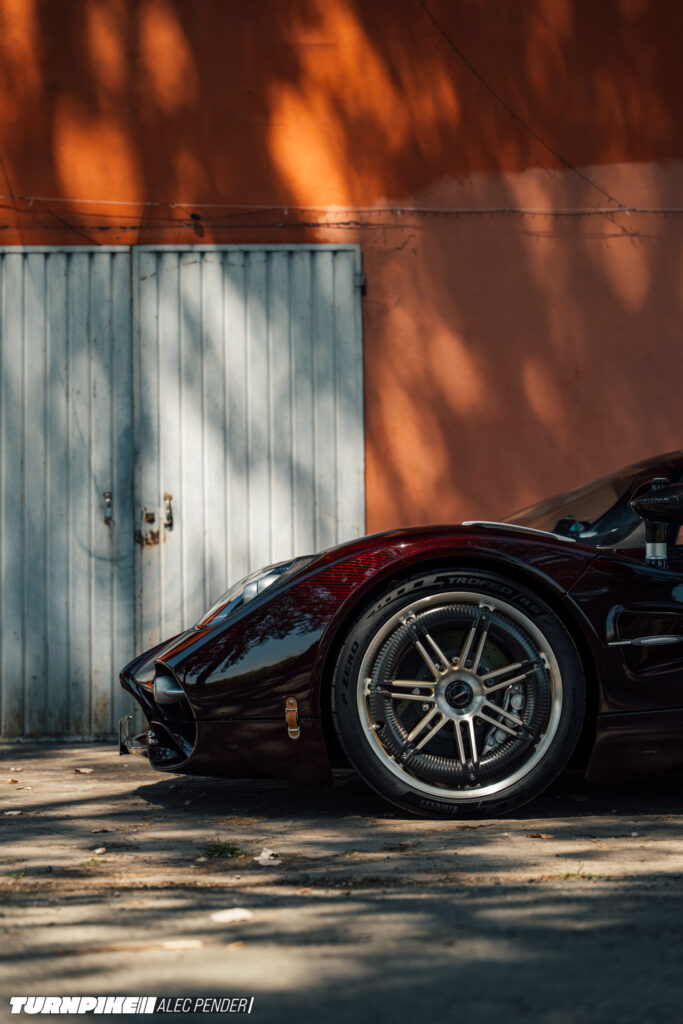




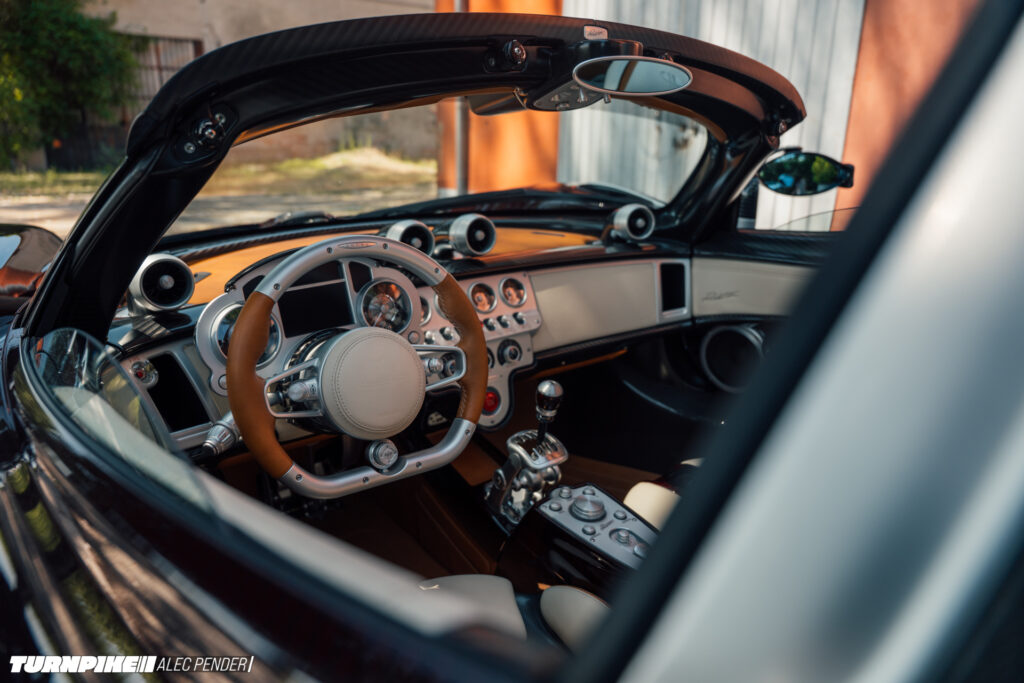







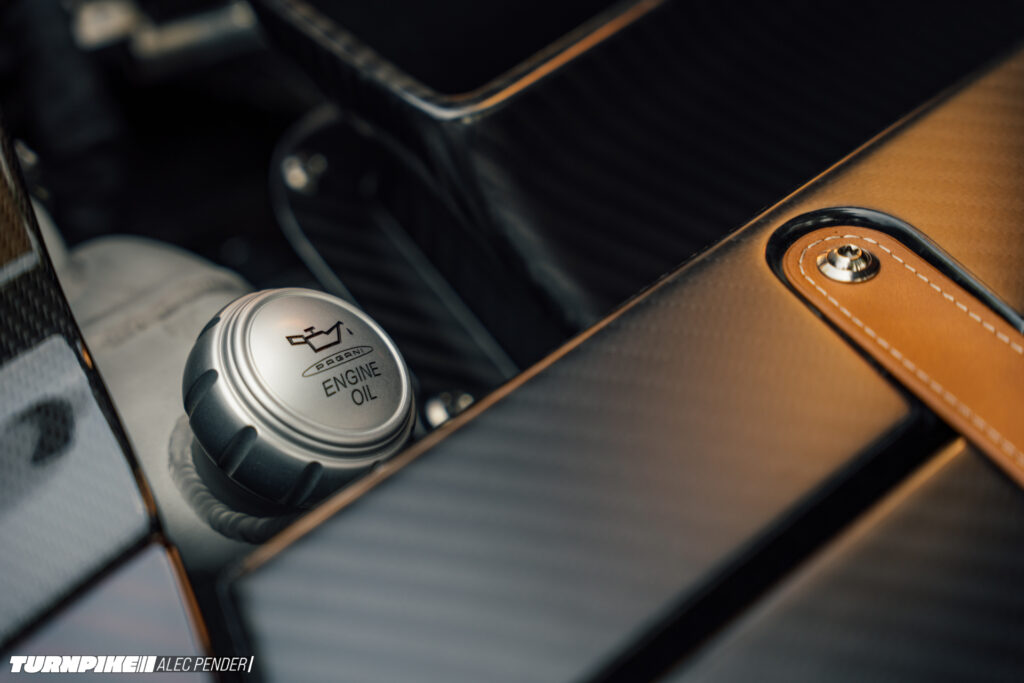




I’m so glad you got these excellent shots of the inside of the Pagani factory – we did a tour back in ’23 but normies like myself were not permitted to take photographs inside. I’m thankful to be able to see back in and remember what all we saw!
We were able to catch a brown-ish Utopia in testing outside – it sounded great! Only Pagani I’ve ever seen or heard in motion.
It never fails to amaze me at the attention to details these guys have through the entire production line. In fact it just keeps getting more meticulous as the years go by. The Utopia is an automotive dream that was actually somehow brought to reality
Whatever Pagani makes is a work of art it’s all in the details shows their craftsmanship
Art in motion
Love that you’re doing a “double feature” on here and on YT. More please!
Thanks for the feedback, wanted to see if that’s a good way to do things!
Grande Dino. La Utopia Roadster l’ho vista dal vivo e sono rimasto mezz’ora ad ammirarla. Un opera d’arte
Veramente un’opera d’arte!
Hello! Is there gonna be a dark mode for this page? Got flashbanged when i couldnt sleep and opened this page.
Huge thank you for Turnpike also! Huge fan!
Interesting, thanks for the feedback, will discuss internally!
the amount of metal materials makes even their workshop looks like a museum